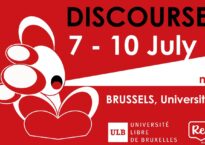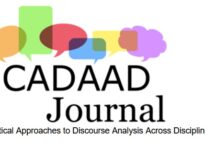CfP to the DNC6 panel ‘Normalising imaginaries of the radical right?’
This DNC6 panel invites contributions that explore the normalisation of far right discourses on gender, migration and climate. Drawing on specific discourse approaches, the contributions disentangle the discourse configurations or the small-scale discursive strategies that normalise these far right political projects in mainstream political discourse.

